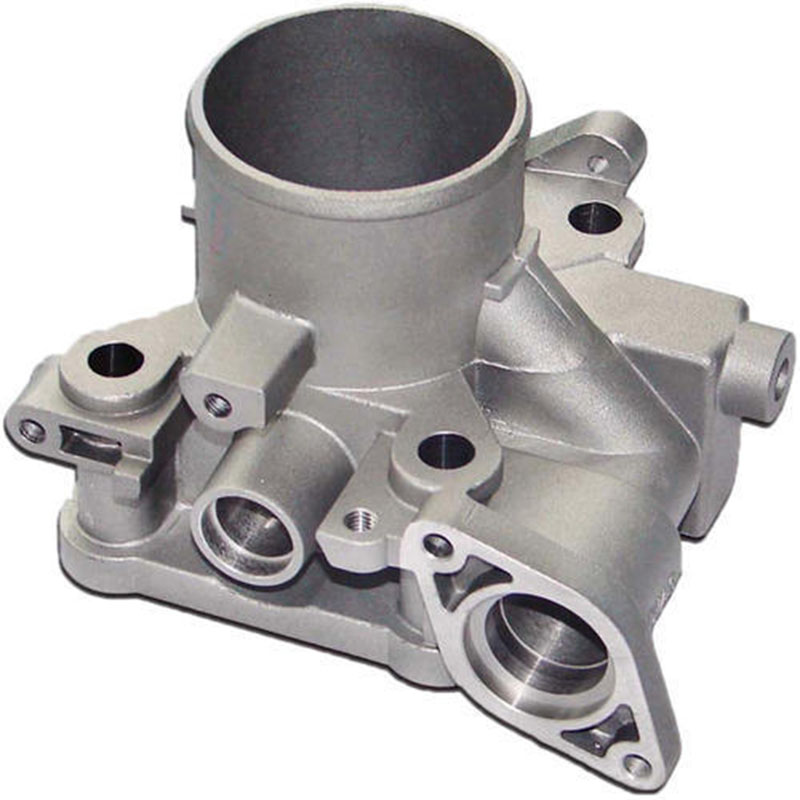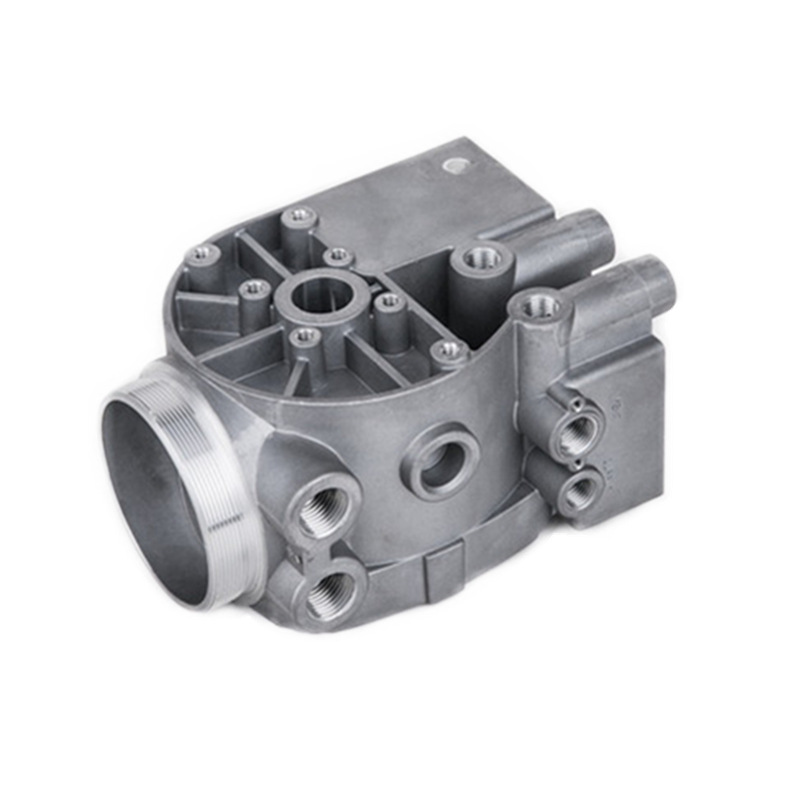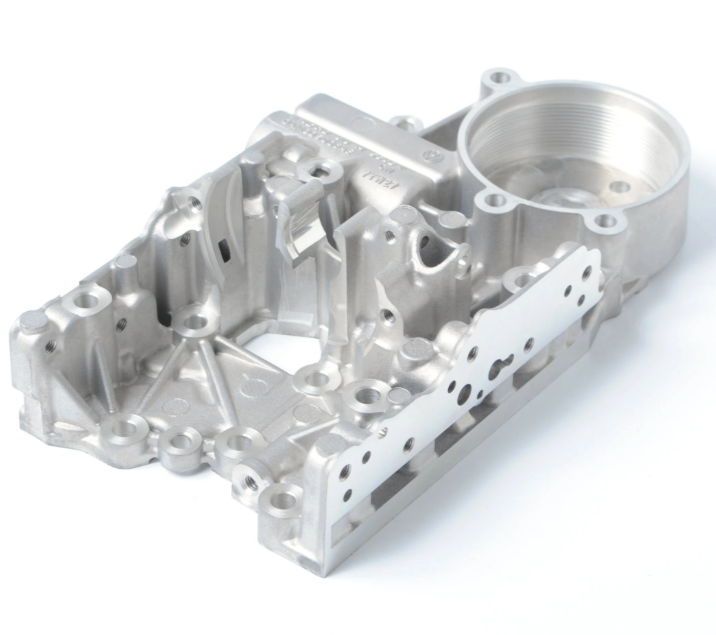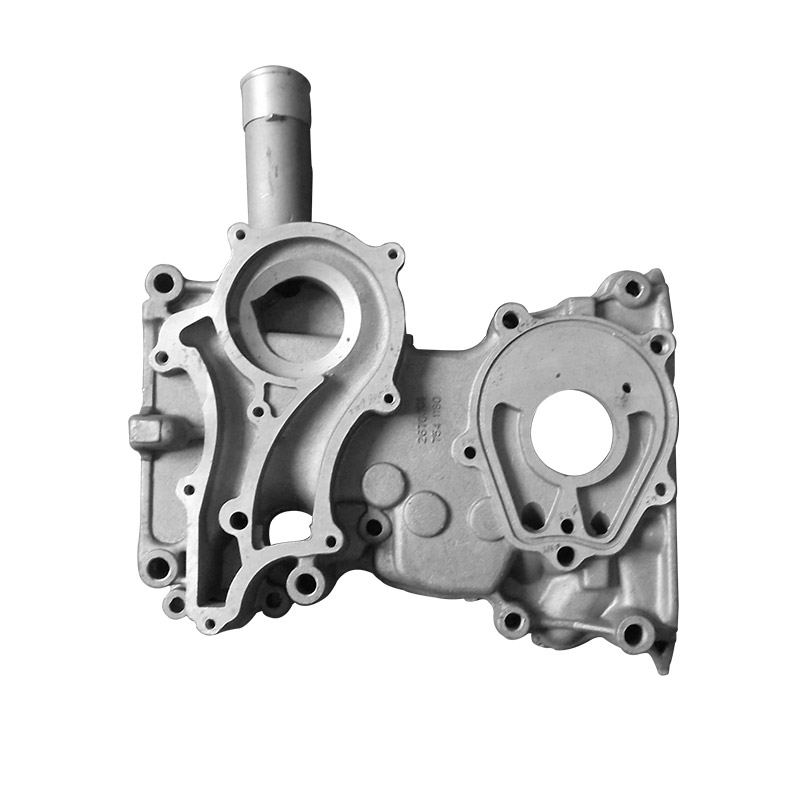Sand Casting: Sand casting is particularly suitable for creating parts with complex inner cavities due to its adaptability and cost-effectiveness. It is the preferred method for manufacturing cast iron parts with low plasticity. This technique is commonly employed in producing automobile engine cylinder blocks, crankshafts, cylinder heads, and various other castings.
Steps in the Sand Casting Process:
- Mix sand with a sand mixer and add the appropriate clay.
- Manufacture molds for casting.
- Place the mold into the sand mixture, sealing the surrounding box.
- Select a suitable melting furnace to melt the metal and distribute it according to the casting requirements.
- Carefully pour the prepared liquid metal into the mold.
- After the liquid metal cools and solidifies in the mold, remove any residual grit using appropriate tools.
Investment Casting: Investment casting is well-suited for precision industrial casting, offering high dimensional and geometric accuracy. It can be used with various cast alloys and is particularly useful for creating complex castings.
Steps in the Investment Casting Process:
- Choose a material that is easy to melt to make the mold.
- Coat the mold's surface with several layers of refractory material to create the casting's shell.
- Remelt the cast iron mold to achieve a complete casting model.
- Fill the mold with sand after high-temperature roasting and pour the molten metal.

Low-Pressure Casting: Low-pressure casting is applicable to a variety of casting molds and allows for the casting of multiple alloys. This process ensures a smooth flow of molten metal and leads to dense, well-defined castings with minimal defects.
Steps in the Low-Pressure Casting Process:
- Melt the metal into a liquid state at high temperatures.
- Use pressure to fill the mold with the liquid metal.
- Allow the liquid metal to solidify under low pressure to form the castings.
Centrifugal Casting: Centrifugal casting is used for creating axis-symmetric parts such as hollow cylinders or disks. It includes three variations: semi-centrifugal, true centrifugal, and vertical centrifugal casting, depending on the specific requirements. This method minimizes metal waste and yields high-density castings.
Steps in the Centrifugal Casting Process:
- Pour molten metal into a rotating mold.
- Allow the mold to fill and solidify under the influence of centrifugal force.
Gravity Die Casting: Gravity die casting, also known as permanent mold casting, is suitable for producing parts with large heat capacity, high thermal conductivity, and fast cooling rates. It results in castings with high accuracy and lower surface roughness.
Flow Process in Gravity Die Casting:
- Under the force of gravity, fill the liquid metal into the mold.
- Allow the liquid metal to cool and solidify within the casting model, forming the desired parts.
Lost Foam Casting: Lost foam casting is a complex manufacturing process for metal parts and components. It involves vaporizing molten metal from foam molds while keeping it in place with sand. This method offers high casting precision, design flexibility, and reduced production costs.
Steps in the Lost Foam Casting Process:
- Bond and combine wax or foam models into a casting mold with similar shapes and sizes.
- Embed the mold in dry quartz sand, vibrate it, and then pour the liquid metal under negative pressure.
- After cooling and solidifying, the liquid metal takes the place of the foam mold, resulting in the desired castings.
Die Casting Vacuum Process: The die casting vacuum process involves removing gas from the mold cavity to enhance casting quality and performance. It is particularly useful for alloys with poor casting properties.
Steps in the Die Casting Vacuum Process:
- Extract gas from the cavity of the die-casting mold during the casting process.
- Use advanced die-casting technology to eliminate or reduce pores and dissolve gases, leading to improved surface quality and mechanical properties of the die-cast parts.
Squeezing Die Cast Process: Squeezing die-casting combines die casting with die forging. It involves pouring a specified amount of molten alloy into a preheated and lubricated mold and then forging and hardening it under pressure. This process eliminates internal defects, improves dimensional accuracy and surface roughness, prevents casting cracks, and allows for automation and mechanization.
Steps in the Squeezing Die Cast Process: Solidify liquid or semi-solid metal and shape it directly into parts or blanks under high pressure.
By adopting these various casting techniques, you can achieve different results depending on your specific casting requirements.
NINGBO FUERD MECHANICAL CO., LTD
Website: https://www.fuerd.com



